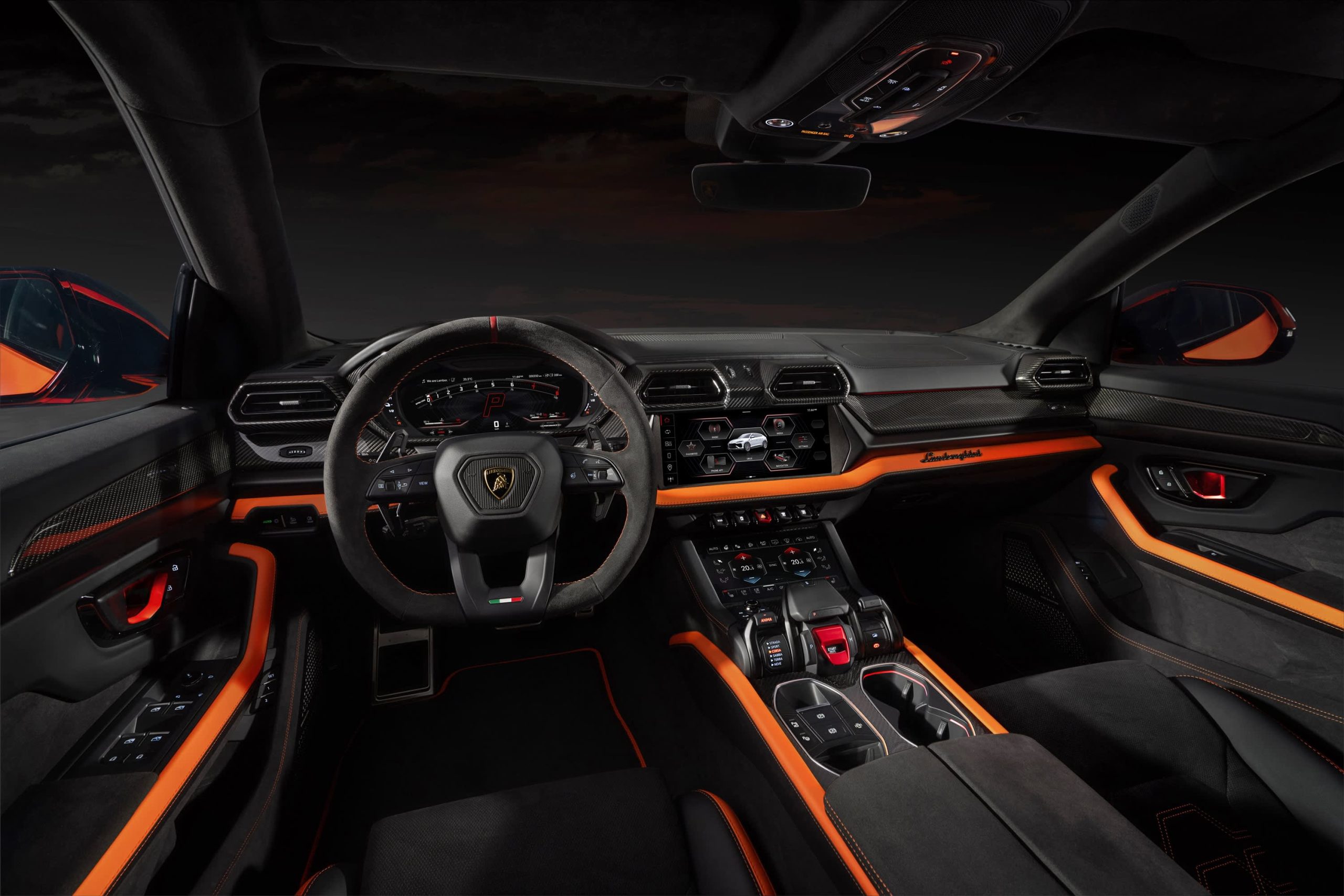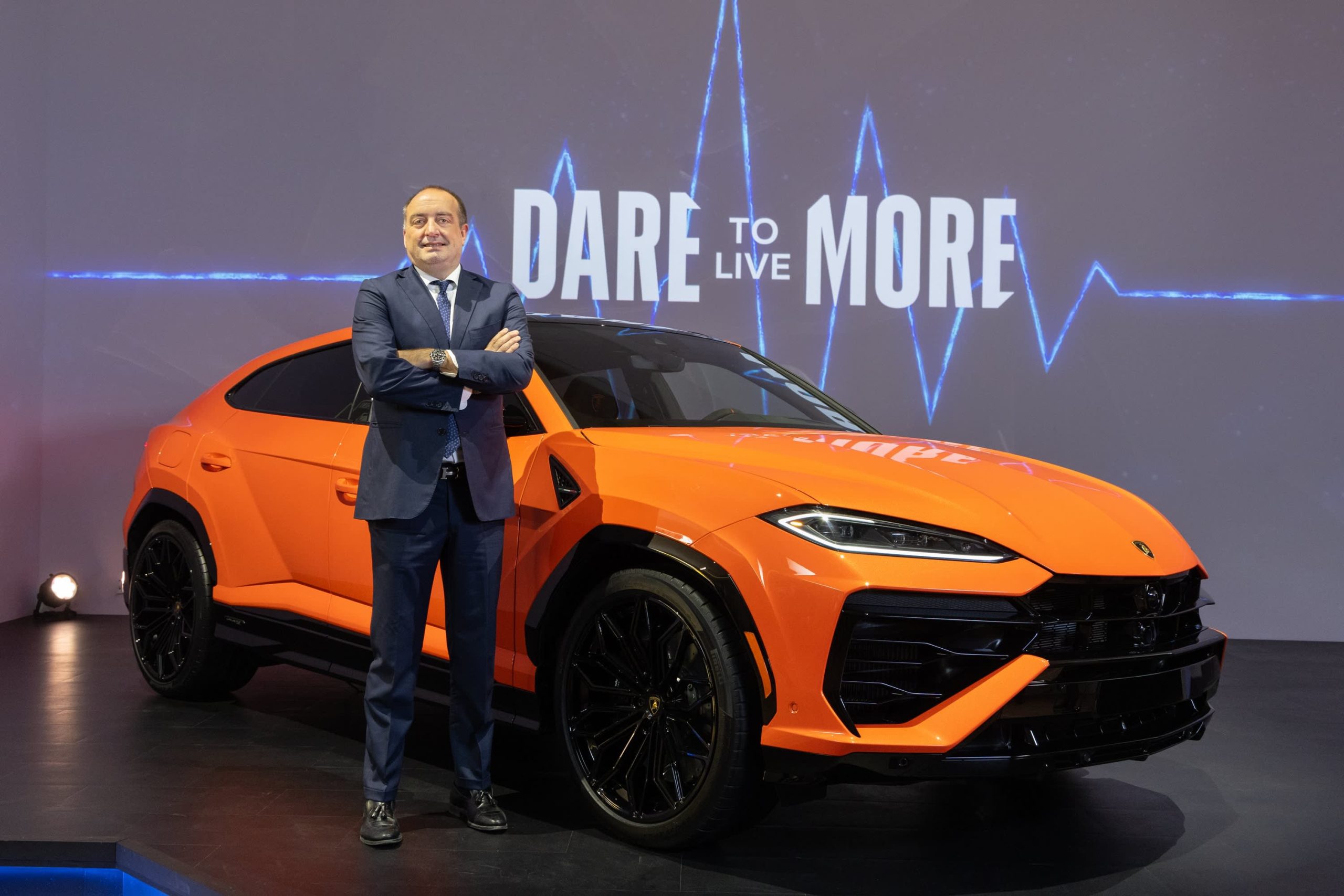How to Choose the Right Wine Gift
Whether you’re bringing a wine to drink with dinner or wrapping a bottle to bequeath, our wine columnist and the wine pros she polled have some very helpful tips to consider.
IT’S THE SEASON of giving, and wine lovers know what that means: You’re likely to give, and to get, a bottle of wine.
Will your bottle be gratefully received or quickly regifted? I always hope for the former, and I’ve been mostly—though not entirely—successful with the wines that I’ve brought to houses of both strangers and friends. I’ve given wines that I considered interesting or fun, or that pair well with food; sometimes they’re just wines that I like to drink (Champagne). How do other wine lovers choose the bottles that they bring along? When I asked oenophiles, both pro and amateur, I heard some good stories and a few useful tips.
For my part, I’ve found that the easiest wine to bring to somebody’s house is one meant to match with a particular meal. I often bring bottles to dinners with friends whose menus I’ve inquired about in advance, and the wines, carefully chosen to pair with the meal, are invariably well-received. Sometimes I’ll bring a wine to match with the meal and a second for the host to keep.
When it comes to bringing wines to the houses of people I don’t know, let’s just say that my track record isn’t exactly 100%. One of my biggest failures in that regard came a few years ago, when my husband and I were invited to an avid wine collector’s house along with the friends that we had in common. The host, I was told, loved expensive Bordeaux.
Since I don’t have lots of expensive Bordeaux in my cellar, I decided to bring something fun that the collector probably hadn’t encountered. I chose the Ceretto Moscato d’Asti, a slightly fizzy, fresh, peach-inflected wine from a top producer in Piedmont, Italy. The Ceretto Moscato costs around $20, and it’s not only delicious, but comes in a cool triangle-shaped bottle.
The wine was no mere novelty, however. Although some wine drinkers think of Moscato as cheap commercial wine that comes in a jug, Moscato from Piedmont is quality stuff. Still, it seemed the collector presumed that my gift belonged in the former category. He took one look at my bottle and left it by his front door. All the easier to re-gift to his letter-carrier, I thought.
Sometimes I’ve brought wines that are a little too quirky for popular taste. Take, for example, the 2012 Calabretta Nerello Mascalese Vigne Vecchie ($35) that I recently brought to the house of a friend. A rich, earthy, complex red from the Etna region of Sicily, it reminds me of an old-school Barolo. But the wine can be a little bit funky when it’s first opened, and it definitely benefits from a good decanting. And sometimes that takes too long when you’ve brought it to drink with a dinner.
Such uncertainties are why I usually opt for a bottle of Champagne or a Cremant d’Alsace. Everyone knows what to do with sparkling wine, and if they don’t like it or don’t want to drink it, it’s the easiest sort of wine to regift. I usually give Champagnes from small growers like Pierre Péters or Pierre Moncuit to friends. To someone I don’t know well or whom I suspect would like a “brand” name, I’ll bring a Champagne from Louis Roederer instead.
Katja Scharnagl, beverage director of Koloman NYC restaurant in Manhattan, told me that she likes to bring Champagne, too, and her budget is a rather generous $40-$50 a bottle. Ms. Scharnagl also takes care to bestow the bottle ready to drink. “I always bring it chilled,” she said.
My friend RJ, a big wine collector, used to bring very good Champagne and wines to his friends’ houses. As he explained, “I bring wines I like to drink.” But sometimes the bottles are so good they’re completely drained before RJ gets a glass. “I brought a bottle of Tignanello to someone’s house, and it was gone in two seconds,” he said, naming a famous Super Tuscan that costs around $150 a bottle. RJ decided to stop gifting wine and gives expensive Japanese knives instead. (“They’re really great knives,” he said.) That way, I guess, he’s spared the pain of missing out on something he truly loves.
I wondered what wines a winemaker might bring to a party or a dinner. So I put the question to Richard Olsen-Harbich, head winemaker at Bedell Cellars in Cutchogue, N.Y., on the North Fork of Long Island. Does Mr. Olsen-Harbich typically give wines he made, or wines made by somebody else? And what wines do others tend to bring to his house?
Sometimes Mr. Olsen-Harbich brings his own wine—but not necessarily in a bottle. “I’ll bring a sample right out of barrel, which is always fun,” he wrote in an email. If he’s dining with fellow North Forkers, he’ll bring a wine from elsewhere. “I like turning people on to wines from the Finger Lakes or Virginia, which are harder to find and beautiful examples of winemaking,” he said.
Is it daunting for others to bring him a bottle? “They often stress out about it because they think I’m a tough audience, which I’m not,” Mr. Olsen-Harbich replied. But he loves getting wines he doesn’t know much about or has never encountered, and is especially keen on wines from Germany and Alsace, France.
When Alison Smith Story, co-winemaker at Smith Story Wine Cellars in Healdsburg, Calif., visits friends, she might bring a bottle of her own Smith Story Wine Cellars Brut Méthode Traditionnelle Mendocino County Sparkling Wine but also a vintage cookbook or an old book of poetry. “The vintage cookbook almost always becomes a topic of conversation at the table and is passed around,” she said. What wines do others bring to her house? She said her friends tend not to bring wine at all but, rather, “single-origin coffee beans or packets of flowers for my garden.”
I imagined it would be just as hard to bring a bottle to a wine retailer as to a winemaker, and perhaps even harder. After all, a retailer can get any wine he or she wants. And what might a retailer give to someone, given all the options? I asked Gina Trippi, co-owner of Metro Wines in Asheville, N.C.
Unsurprisingly, Ms. Trippi said she tailors the wine to the taste of the recipient. For a female and/or Francophile friend fond of crisp white wines, it might be a Picpoul made by a woman winemaker. Ms. Trippi had actually just published a set of gifting guidelines in the Metro Wines newsletter “The Public Palate.” One key criterion: “A gift should not have a screw cap.” Another piece of advice: “A bottle [should be] shelf priced at $20. A bottle under $20 may make you look a little too holiday frugal and one [costing] way over can be seen as showing off.”
For Ms. Trippi, a great gift bottle is one purchased from a small retailer like her, not a big-box store. “It’s a bottle that says ‘You know me. Or, at least you tried!’ ” she said. (And by the way, she really likes a good bottle of Cinsault.)
I can’t say I agree with or abide by all of her gift criteria. For instance, it’s near-impossible to find a wine from Austria, Australia or New Zealand that isn’t screw capped, yet some of those wines make wonderful gifts. I’ve also given (and received) wines that cost more than $20. But I definitely agree about choosing a wine that shows care and intention.
 Copyright 2020, Dow Jones & Company, Inc. All Rights Reserved Worldwide. LEARN MORE
Copyright 2020, Dow Jones & Company, Inc. All Rights Reserved Worldwide. LEARN MORE
This stylish family home combines a classic palette and finishes with a flexible floorplan
Just 55 minutes from Sydney, make this your creative getaway located in the majestic Hawkesbury region.
The marketplace has spoken and, at least for now, it’s showing preference for hybrids and plug-in hybrids (PHEVs) over battery electrics. That makes Toyota’s foot dragging on EVs (and full speed ahead on hybrids) look fairly wise, though the timeline along a bumpy road still gets us to full electrification by 2035.
Italian supercar producer Lamborghini, in business since 1963, is also proceeding, incrementally, toward battery power. In an interview, Federico Foschini , Lamborghini’s chief global marketing and sales officer, talked about the new Urus SE plug-in hybrid the company showed at its lounge in New York on Monday.

Lamborghini
The Urus SE SUV will sell for US$258,000 in the U.S. (the company’s biggest market) when it goes on sale internationally in the first quarter of 2025, Foschini says.
“We’re using the contribution from the electric motor and battery to not only lower emissions but also to boost performance,” he says. “Next year, all three of our models [the others are the Revuelto, a PHEV from launch, and the continuation of the Huracán] will be available as PHEVs.”
The Euro-spec Urus SE will have a stated 37 miles of electric-only range, thanks to a 192-horsepower electric motor and a 25.9-kilowatt-hour battery, but that distance will probably be less in stricter U.S. federal testing. In electric mode, the SE can reach 81 miles per hour. With the 4-litre 620-horsepower twin-turbo V8 engine engaged, the picture is quite different. With 789 horsepower and 701 pound-feet of torque on tap, the SE—as big as it is—can reach 62 mph in 3.4 seconds and attain 193 mph. It’s marginally faster than the Urus S, but also slightly under the cutting-edge Urus Performante model. Lamborghini says the SE reduces emissions by 80% compared to a standard Urus.
Lamborghini’s Urus plans are a little complicated. The company’s order books are full through 2025, but after that it plans to ditch the S and Performante models and produce only the SE. That’s only for a year, however, because the all-electric Urus should arrive by 2029.

Lamborghini
Thanks to the electric motor, the Urus SE offers all-wheel drive. The motor is situated inside the eight-speed automatic transmission, and it acts as a booster for the V8 but it can also drive the wheels on its own. The electric torque-vectoring system distributes power to the wheels that need it for improved cornering. The Urus SE has six driving modes, with variations that give a total of 11 performance options. There are carbon ceramic brakes front and rear.
To distinguish it, the Urus SE gets a new “floating” hood design and a new grille, headlights with matrix LED technology and a new lighting signature, and a redesigned bumper. There are more than 100 bodywork styling options, and 47 interior color combinations, with four embroidery types. The rear liftgate has also been restyled, with lights that connect the tail light clusters. The rear diffuser was redesigned to give 35% more downforce (compared to the Urus S) and keep the car on the road.
The Urus represents about 60% of U.S. Lamborghini sales, Foschini says, and in the early years 80% of buyers were new to the brand. Now it’s down to 70%because, as Foschini says, some happy Urus owners have upgraded to the Performante model. Lamborghini sold 3,000 cars last year in the U.S., where it has 44 dealers. Global sales were 10,112, the first time the marque went into five figures.
The average Urus buyer is 45 years old, though it’s 10 years younger in China and 10 years older in Japan. Only 10% are women, though that percentage is increasing.
“The customer base is widening, thanks to the broad appeal of the Urus—it’s a very usable car,” Foschini says. “The new buyers are successful in business, appreciate the technology, the performance, the unconventional design, and the fun-to-drive nature of the Urus.”
Maserati has two SUVs in its lineup, the Levante and the smaller Grecale. But Foschini says Lamborghini has no such plans. “A smaller SUV is not consistent with the positioning of our brand,” he says. “It’s not what we need in our portfolio now.”
It’s unclear exactly when Lamborghini will become an all-battery-electric brand. Foschini says that the Italian automaker is working with Volkswagen Group partner Porsche on e-fuel, synthetic and renewably made gasoline that could presumably extend the brand’s internal-combustion identity. But now, e-fuel is very expensive to make as it relies on wind power and captured carbon dioxide.
During Monterey Car Week in 2023, Lamborghini showed the Lanzador , a 2+2 electric concept car with high ground clearance that is headed for production. “This is the right electric vehicle for us,” Foschini says. “And the production version will look better than the concept.” The Lanzador, Lamborghini’s fourth model, should arrive in 2028.
Just 55 minutes from Sydney, make this your creative getaway located in the majestic Hawkesbury region.
Consumers are going to gravitate toward applications powered by the buzzy new technology, analyst Michael Wolf predicts























